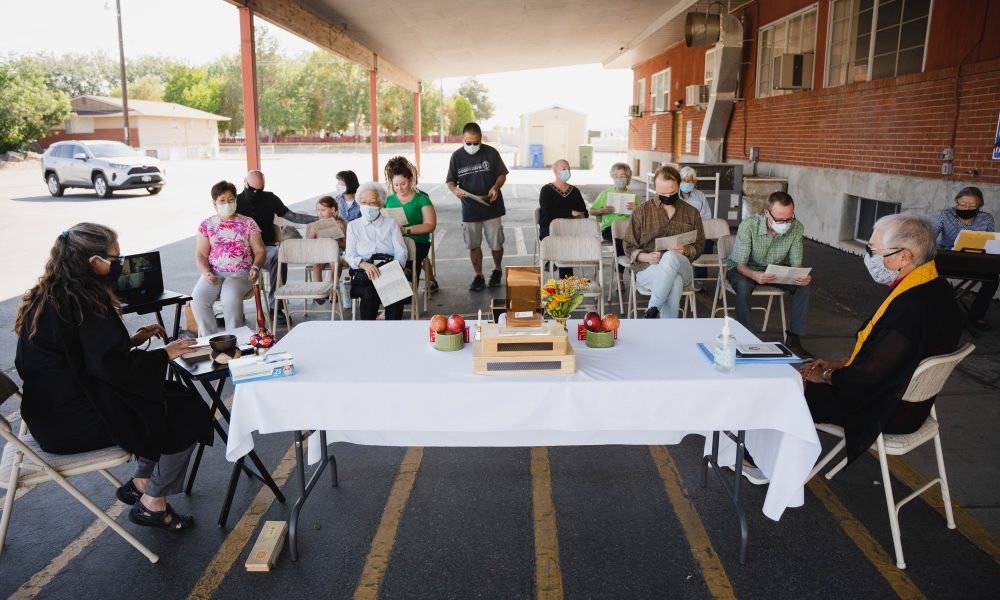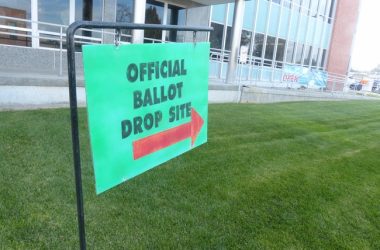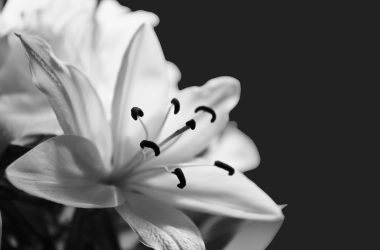This article is from the Enterprise’s annual history magazine, “Journey Into Malheur County’s Rich History.” Copies of Journey are available for free at the Enterprise office and at local businesses in the area.
ONTARIO – In 1947, as snow padded the quiet streets of Ontario, more than a hundred Japanese-Americans gathered on the grounds of what would become Idaho-Oregon Buddhist Temple.
They wore coats and ties and held hats in their laps. They thought of friends and family members that were far away, of homes they could no longer return to.
The temple would provide refuge and solace.
In the years after the attack on Pearl Harbor in 1941, more than 800 Japanese-Americans migrated to Ontario, settling in as farmworkers and other manual laborers to avoid internment. The small, rural farming town was one of the few in the state that welcomed them during World War II, as tensions and anti-Japanese sentiment ran high in the country.
By the end of the war, that population swelled to 1,500.
In search of community after the war, a group of Japanese immigrants founded and built by hand the Idaho-Oregon Buddhist Temple on Southeast Fourth Avenue.
Now, 75 years later, the temple remains a pillar of spirituality and community for the Japanese-American community in Ontario – the sons and daughters of that first generation, known as nisei.
Most of the church’s current stewards are third and fourth generation Japanese-Americans, with roots deep in the church.
Mike Iseri, 64, is a co-president of the church. His father, George Iseri, was president in his time, and his grandfather was a member as well.
“My earliest recollection of the church – although I’m not sure if it’s a real memory or of memory of a picture I saw – I was sitting on a foundation wall of the current temple building as it was being built,” said Iseri. “And a lot of the kids I went to church with growing up, I’m still friends with today.”
As a kid, Iseri attended the church’s Sunday services and weekly Japanese language school. He remembers hiding in the bathroom to avoid learning Japanese, swinging from the boiler pipes in the basement with friends, even having his first illicit sip of beer.
“I didn’t really understand the importance of church growing up,” said Iseri. “Looking back now, I still don’t think there was a moment where that light switched on. I think I just gradually grew closer to where I am now.”
On a warm morning in July, Iseri packs his car at the temple – a cooler with water and fruit, handmade musubi from a church member, a makeshift altar and incense for a ceremony. The church holds annual cemetery visits each year, making rounds to over a dozen cemeteries across the Treasure Valley over the course of a week. From Boise to Baker City, nearly all of them are the resting place of at least one member of the church.
For the most part, said Iseri, the community has aged along with the church. While the second and third generations of Japanese-Americans generally have stayed in the area, starting and raising families in the town of their own earliest memories, few young people have done the same.
“That older generation has quietly shuffled off,” said Iseri. “The sad thing is that not only have we become the old people in the church, at the same time, we’re the young people in the church. Most of the young people, you know, they grew up, went to college, and moved away.”
But for Iseri, and for the generation that came before, the choice to stay was easy – it was where their community started.
At Mount Hope Cemetery in Baker City, an hour out from Ontario, Iseri’s truck turns down an unpaved road, kicking up gravel and dust, and stops at the edge of the cemetery, where the Japanese graves are segregated from the rest.
Most are unmarked, or with names faded from decades of wear – some were railroad workers who died without family in small towns in eastern Oregon. Most died young. Their visitors, now, are those following the tradition of the Buddhist church to honor and remember those that came before, however long ago it was.
At the foot of a sloping hill dotted with sagebrush, the Rev. Kathy Chatterton leads a small cluster in sutra chanting, a Buddhist practice intended to reflect and clear the mind. Iseri lights the incense, placing the smoking sticks upright on a small altar.
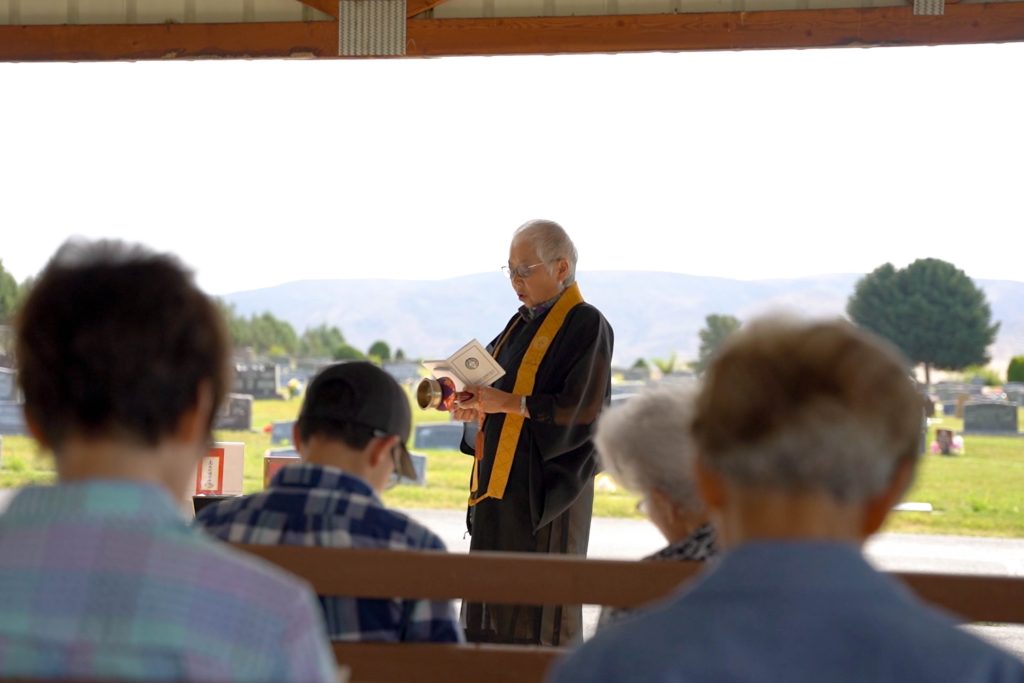
“In Buddhism, we talk a lot about all the causes and conditions that make our lives possible. Here, in the cemetery, we are reminded of all of those,” says Chatterton.
“Obon is a time for us to remember all of these loved ones, friends, neighbors, and strangers who are here in the cemetery. We express our gratitude to them for the lives that we lead. The phrase that comes to my mind is the Japanese phrase, ‘okage sama de,’ the idea that I am what I am because of you.”
Iseri and Chatterton stop to eat lunch along the road, opening brown paper bags of handmade musubi – a Japanese snack of a slice of Spam on top of a block of rice – and cucumber slices packed by another church member.
Chatterton, too, recalls her own childhood growing up in the church.
“After the war, our parents didn’t want us to learn Japanese, because they wanted us to be Americans,” she said. “I was a lifelong member of the temple, and grew up in the temple, but it wasn’t until high school and college that I started looking more into it myself.”
Chatterton attended a Christian college, and became ordained as an assistant minister, a status given by the Buddhist mother temple in Kyoto, Japan. For her, practicing Buddhism made her life make more sense.
Unlike monotheistic religions, Buddhism, which was founded in India and is practiced by over 400 million people, doesn’t deify its creator. Followers of Buddhism generally consider it more as a way of life, or as a working practice, than as a religion.
Idaho-Oregon Buddhist Temple practices jodo shinshu Buddhism, also known as pure land buddhism, which prioritizes wisdom and compassion. It’s family oriented, focusing on practical teachings that are accessible and can be implemented in daily life.
“It accepts us all just as we are,” said Chatterton. “A lot of people don’t realize it’s a buddhist temple, not a Japanese temple. It’s for everyone. It shouldn’t be a foreign thing; it is a way of life that’s available to everyone.”
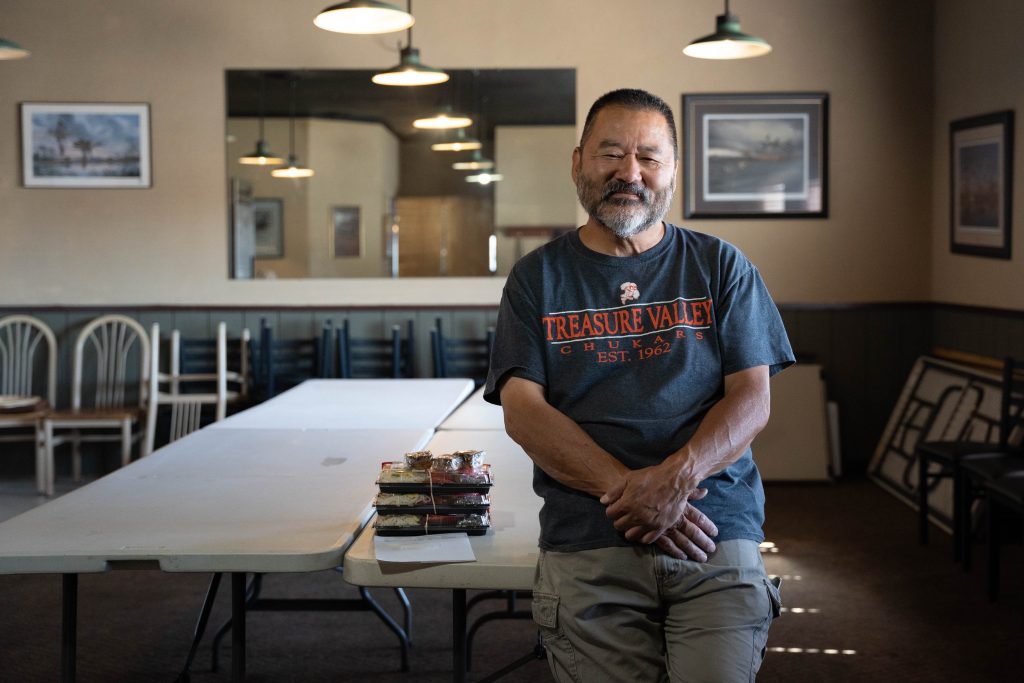
For Iseri, too, his hope is that the church will continue to grow in the future – and that, while it was founded by Japanese immigrants, it doesn’t have to be a Japanese congregation to preserve the tradition and history of its founders. Instead, it should involve people from all walks of life, from all ethnicities, and from all ages.
“We need that in order to have growth, to keep the church alive, and to learn from each other,” said Iseri. “Buddhism is a practice that all could embrace. By its nature, it is nonjudgmental.”
EXCELLENCE IN JOURNALISM – Available for $7.50 a month. Subscribe to the digital service of the Enterprise and get the very best in local journalism. We report with care, attention to accuracy, and an unwavering devotion to fairness. Get the kind of news you’ve been looking for – day in and day out from the Enterprise.

